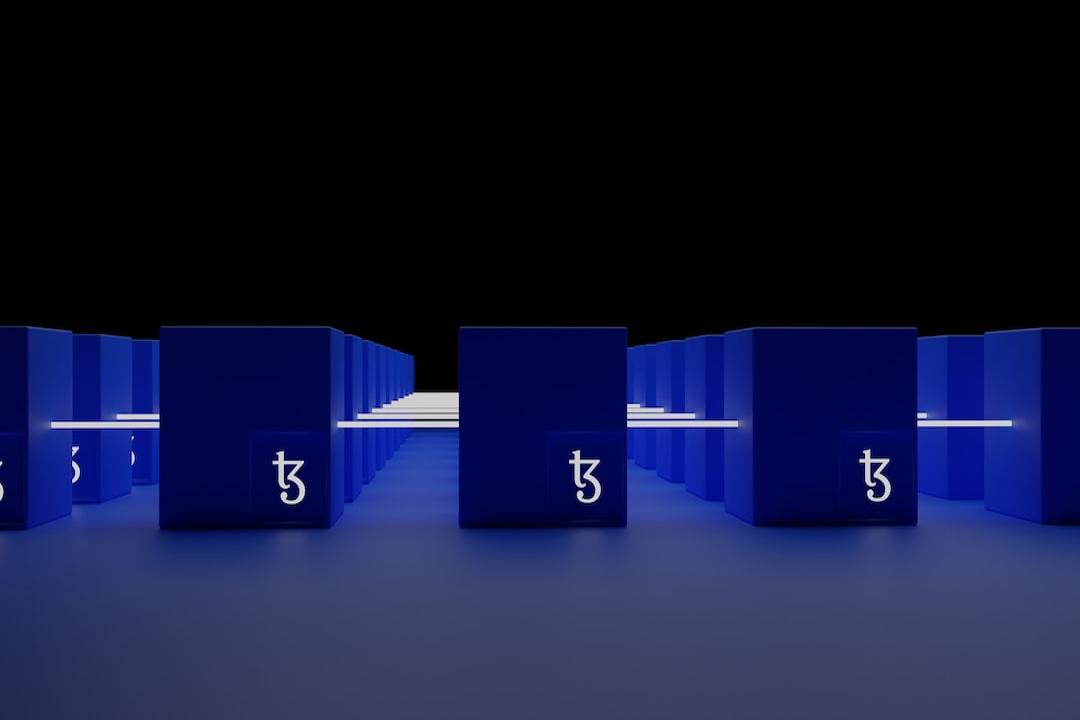Circle Internet Financial, the company behind USD Coin, the world’s second-largest stablecoin, has announced its plans to move its legal base from Ireland to the United States. The decision comes as cryptocurrency regulations in the US are becoming stricter. The move is in line with Circle’s recent steps towards going public, as it submitted plans for an IPO in January. However, relocating to the US would mean higher tax rates for Circle, as opposed to the reduced corporate taxation in Ireland. The global tax reforms led by the OECD have reduced the benefits of lower taxation for multinational enterprises, including Circle.
Tether, the largest stablecoin issuer, has faced issues with frozen assets linked to hacks, exploits, and scams. Tether has blocked over $1.3 billion since its launch, with some of it related to terrorist financing. The stablecoin issuer has also collaborated with law enforcement agencies across multiple countries to block wallets and addresses involved in illicit activities.
Moving back to the US could also subject Circle to a new regulatory framework and scrutiny from the SEC. As Circle prepares for its IPO, it will need to comply with securities laws and navigate the regulatory challenges faced by Coinbase in its ongoing lawsuit with the SEC. Circle’s core business revolves around USD Coin, which has a market cap of nearly $33 billion. Relocating to the US is a strategic decision to ensure regulatory compliance and maintain investor confidence, despite the higher compliance costs.
Circle’s IPO could give USD Coin a competitive advantage over its main competitor, Tether. Increased regulatory compliance could solidify USD Coin’s position in the stablecoin market, especially after surpassing Tether in monthly transactions in December 2023. Circle’s CEO, Jeremy Allaire, has emphasized the importance of a decentralized financial system and seems to be aligning the company’s strategic realignments with his vision. These realignments include regulatory compliance, going public, and enhancing operational capacities, even though they may appear disconnected at first glance.

